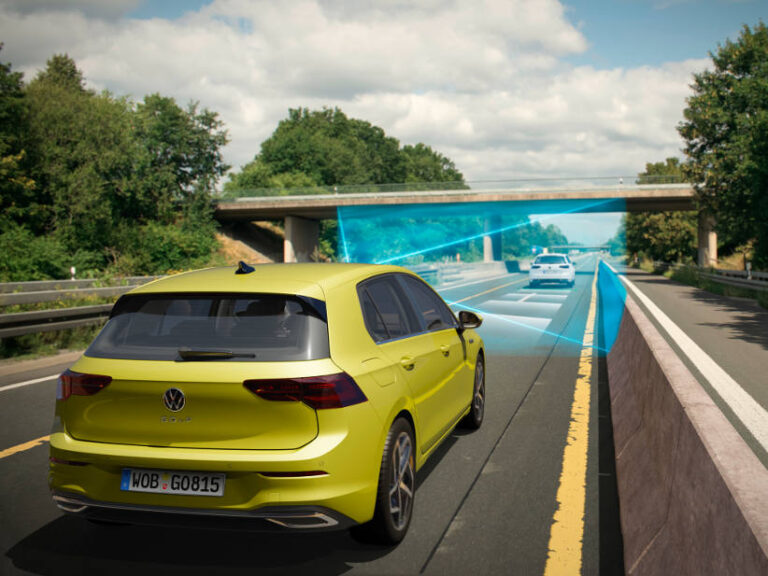Many fleet drivers either don’t know how to or don’t want to use Advanced Driver Assistance System (ADAS) safety equipment, according to a recent New Zealand study. The study suggests improved ADAS education is needed to ensure the enhanced safety and cost reduction that the technology is proven to offer.
Commissioned by major New Zealand insurance company NZI, the Improving road safety through technology report found that Advanced Driver Assistance System (ADAS) technology could revolutionise road safety for fleets, but not all drivers know how to satisfactorily use this technology in their vehicles.
ADAS technology includes lane assist, lane departure warning, blind-spot monitoring, adaptive cruise control, reversing and exterior view cameras, adaptive braking, GPS systems and in-vehicle driver alertness cameras. NZI interviewed a wide range of people involved in New Zealand fleet operations, from large trucks and haulage operations to those operating courier and fleet passenger cars.
ADAS can significantly improve fleet safety and costs. NZI points to US research conducted by the Insurance Institute for Highway Safety showing a reduction in crashes for vehicles with particular ADAS technologies. For example, forward collision warning and autonomous emergency braking led to a 50 per cent reduction in front-to-rear crashes and 24 per cent reduction for claim rates for injuries to people in other vehicles. Meanwhile, rear automatic braking, when combined with rear view camera and rear sensors, resulted in a 78 per cent reduction in reversing crashes.
When New Zealand fleet managers were interviewed about ADAS, most respondents said they gave ADAS a high weighting with purchasing or leasing decisions for new fleet vehicles due to its ability to protect their employees. Yet some said they did not fully understand the benefits of such technology or even how the technology operates.
Even more telling was the response from fleet drivers interviewed. Even though drivers said ADAS made roads safer, improved the driving experience and that fleet vehicles should have the latest features, drivers also lacked an understanding of ADAS principles and operation. Apart from the now commonplace reversing camera, drivers full understanding of ADAS features and benefits was limited. Almost half (43%) of surveyed drivers knew little or nothing about ADAS, and an equal percentage responded that they knew only a little.
The drivers were also interviewed about their use of ADAS technology. Many drivers didn’t like the suggestion they wouldn’t be in full control of the vehicle, while others interviewed said they felt that the safety features were too complicated, limiting their engagement with it. Some drivers switch off the ADAS features due to the dislike of the interruption it brings to their driving style. Further to that, many drivers also said that they were overwhelmed with user-customisable safety options, unsure how to choose which would serve them best. Only 30 per cent said that ADAS had changed their personal driving behaviour.
The main benefit for ADAS features is the ability to counter driver error or distraction. As commercial drivers often use their vehicle as a mobile office, there is a risk of greater distraction. In fact, as NZI’s National Motor Manger, Oliver Jepson said, NZI’s insurance claim statistics show that, “[The] more frequent claim types… consistently, is distraction.”
As part of NZI’s study, it asked fleet drivers about their major concerns out on the road, with 26 per cent saying being distracted by something outside the vehicle was a concern, as was being distracted by a safety warning or alert (21 percent), distracted by a phone (15 per cent) and distracted by passengers (12 per cent).
The report pointed to better ADAS training being a priority for fleets, as Jepson explained. “When picking up a new lease vehicle, the driver might be shown some features like synchronising their phone. However, a more detailed vehicle induction is often not provided, and the driver isn’t introduced to the safety technology, collision warnings and other vital details that pop up on the dash. Until you have seen them, felt them, and understood what is happening to trigger the technology, the benefits might be missed.”






